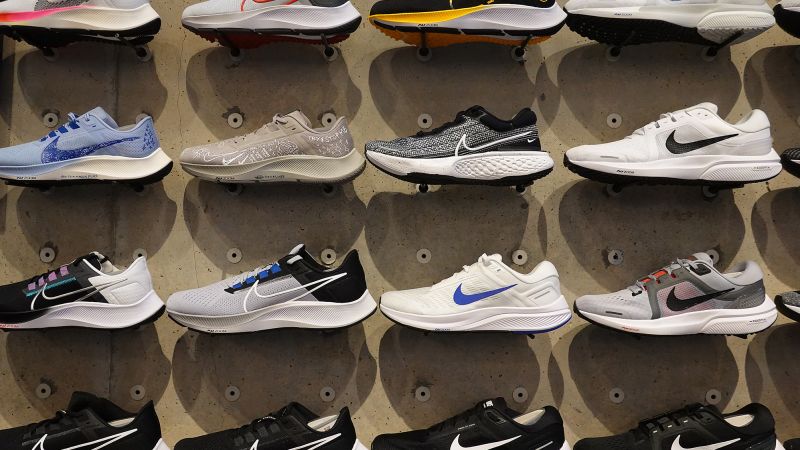In a recent report, Nike, the largest sportswear brand in the world, revealed sluggish growth due to increased competition, consumer pullback, and strategy missteps.
Last year, Nike’s sales only grew by 1% and remained flat in the last quarter, leading the company to project a 10% decline in sales for the next quarter. This drop is attributed to a slowdown in classic brands and challenges in the online marketplace.
Following the announcement, Nike’s stock plummeted by 12% during after-hours trading.
The sportswear giant is facing a consumer slowdown for discretionary goods and fierce competition from running brands like Hoka and On.
Customers are shifting their spending habits towards basic items and experiences like concerts and travel, impacting Nike’s sales of expensive sneakers and athletic clothing.
Moreover, Nike is facing new competition from brands like Hoka, which focuses on comfort over traditional style and has been gaining popularity.
Nike’s decision to change its distribution strategy by reducing traditional retailers and focusing on direct sales through its own channels has also backfired. The company believed it could generate higher profits through its own website and physical stores, but this move led to a decrease in sales.
Despite initially cutting ties with many retailers, Nike has now brought back some of them to improve their sales performance. Analysts like Neil Saunders from GlobalData Retail believe that Nike underestimated the importance of third-party retailers, allowing other brands to seize the opportunity to partner with them more closely.












